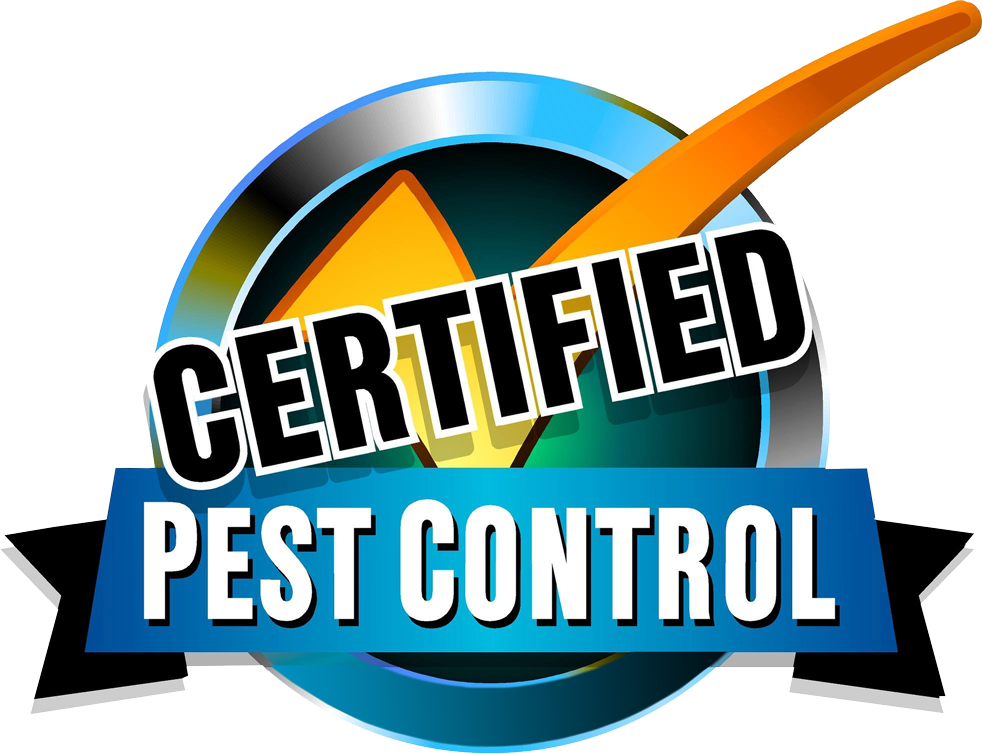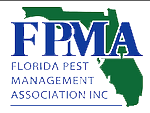Crafting pest control solutions that respect our planet is no longer just an option—it’s an essential responsibility. The focus lies on balancing effective pest management with respect for the environment. By taking an eco-conscious path, pests are controlled, and local ecosystems are left healthier for future generations. In the sections below, learn how sustainable strategies, environmentally safe methods, and customer education come together for a cleaner and greener approach to pest management.
Embracing Environmentally Safe Methods
One of the most significant shifts in sustainable pest control is the move away from harsh chemicals. Traditional pesticides can solve the immediate problem but may create secondary issues, such as harming pollinators and beneficial insects. By utilizing safer alternatives, Certified Pest Control’s services minimize any disruption to local habitats.
A report from Beyond Pesticides underscores the benefits of adopting less-toxic treatments, noting that these methods can reduce pesticide exposure to both humans and wildlife. Further, integrated pest management (IPM) techniques—combining biological controls, monitoring, and physical barriers—often create the same or better results as chemical-heavy methods. This wins for both efficiency and environmental health.
Integrating Renewable Resources
Beyond using fewer synthetic products, a genuinely green approach to pest control also includes the reliance on renewable resources throughout the entire process. For instance, using energy-efficient vehicles or scheduling routes to reduce travel significantly cuts down on carbon emissions. Some service providers even invest in solar-powered equipment to lower their reliance on fossil fuels.
Additionally, water-based, biodegradable products that break down naturally reduce the volume of contaminants entering the environment. This focus on renewable components aligns with a broader global trend: renewable energy usage has been increasing steadily, signifying a worldwide awareness of eco-friendly processes.
Fostering Long-Term Prevention
Effective, sustainable pest control involves more than applying treatments. The long-term key lies in prevention. Sealing entry points, caulking gaps, and maintaining proper sanitation are all energy-friendly practices that reduce pest populations before they can take hold. By fortifying a home or business against common intruders, property owners can limit the need for active treatments. Such steps, paired with ongoing monitoring, make it possible to detect and address infestations early, preserving both structure and surrounding ecosystems.
Proactive prevention can significantly reduce the risk of infestations, lessening the necessity for chemical interventions. In other words, an ounce of prevention is worth a pound of cure—especially where environmental stewardship is concerned.
Educating Customers on Sustainability
A crucial aspect of eco-friendly pest management is collaboration between the service provider and the client. Home and business owners often play a direct role in preventing infestations, utilizing practices such as composting responsibly and storing food in airtight containers. Certified Pest Control provides resources on how to keep a pest-free environment while aligning with sustainable lifestyles.
Customer education highlights how each individual can help maintain a low-impact approach. Whether by removing standing water that can serve as mosquito breeding sites or trimming back vegetation around a property, even small steps can compound to yield significant benefits. Sharing accurate data about green alternatives empowers clients to make informed decisions for their families, their properties, and the environment.
Building Trust Through Transparency
Transparency is vital in establishing trust with customers who value sustainable practices. Clear communication about the products used, outcome expectations, and potential side effects helps keep everyone aligned on the end goal—effective pest control with minimal ecological impact. Verification from credible, third-party certifications can further attest to the authenticity of these efforts.
Enhancing Ecosystem Health and Biodiversity
One often-overlooked benefit of sustainable pest control practices is how they support biodiversity. The balanced approaches help protect beneficial insects—like bees and ladybugs—that naturally keep certain pests in check. And when chemical-free or low-toxicity products replace traditional pesticides, local birds and small mammals can forage and nest without undue risk.
Protecting these beneficial species encourages healthy food chains and pollination cycles essential for agriculture. This synergy between pest control and wildlife preservation guides the kind of eco-minded strategies that ensure a more balanced natural world.
Committing to a Greener Future
Sustainability in pest management is not just about addressing an immediate problem; it revolves around leaving a positive, lasting impact on the environment. The journey includes careful product selection, mindful use of renewable resources, thorough prevention measures, and comprehensive customer education. With proven methods and credible certifications guiding the process, Certified Pest Control demonstrates how greener footprints produce consistent results for both properties and our planet.
By pursuing transparent and forward-thinking strategies, the path to reducing ecological impact becomes a guiding principle rather than an afterthought. These carefully chosen, science-backed techniques pave the way for thriving homes and businesses that coexist harmoniously with local ecosystems. Where pest control once had a reputation for being heavily reliant on chemicals, modern sustainable approaches highlight a renewed dedication to preserving the environment—one property at a time.


